How To Connect Cloud Storage Intelligent Camera ?
To connect a cloud storage intelligent camera, you would typically follow these steps:
1. Install the camera: Set up the camera according to the manufacturer's instructions. This may involve mounting the camera, connecting it to a power source, and connecting it to your home or office network.
2. Create a cloud storage account: Sign up for a cloud storage service that is compatible with your camera. Popular options include Google Drive, Dropbox, and Amazon S3. Follow the service's instructions to create an account and set up your storage space.
3. Configure camera settings: Access the camera's settings menu, usually through a mobile app or web interface. Look for the option to connect to cloud storage and enter your account credentials. Some cameras may require you to enter specific server or API information provided by the cloud storage service.
4. Set up recording preferences: Choose the recording settings for your camera, such as continuous recording or motion-triggered recording. You may also have options to set recording schedules or adjust video quality.
5. Test the connection: Once the camera is connected to the cloud storage service, test the connection by capturing a test video or image. Check if the file is successfully uploaded to your cloud storage account.
By following these steps, you should be able to connect your cloud storage intelligent camera and start securely storing your footage in the cloud.
1、 Cloud Storage: Overview and Benefits of Storing Data Online
To connect a cloud storage intelligent camera, you will need to follow a few simple steps. First, ensure that your intelligent camera is compatible with cloud storage services. Most modern intelligent cameras come with built-in cloud storage capabilities or can be easily connected to cloud storage platforms.
1. Choose a cloud storage provider: There are several cloud storage providers available, such as Google Drive, Dropbox, and Amazon S3. Research and select a provider that suits your needs in terms of storage capacity, security features, and pricing.
2. Create an account: Sign up for an account with your chosen cloud storage provider. This typically involves providing your email address and creating a password.
3. Install the camera app: Download and install the camera app provided by your intelligent camera manufacturer. This app will allow you to connect your camera to the cloud storage service.
4. Connect the camera to the app: Follow the instructions provided by the camera app to connect your intelligent camera to the app. This usually involves scanning a QR code or entering a unique code provided by the app.
5. Configure cloud storage settings: Once your camera is connected to the app, navigate to the settings section and configure the cloud storage settings. This includes selecting the cloud storage provider, entering your account credentials, and specifying the storage location.
6. Start uploading: Once the settings are configured, your intelligent camera will start uploading captured footage or images to the cloud storage service automatically. You can access and manage your stored data through the cloud storage provider's website or app.
Cloud storage offers several benefits for storing data online. Firstly, it provides a secure and reliable backup solution. By storing your data in the cloud, you can protect it from physical damage or loss that may occur with local storage devices. Additionally, cloud storage allows for easy access to your data from anywhere with an internet connection. This is particularly useful for intelligent cameras, as it enables remote monitoring and access to recorded footage. Cloud storage also offers scalability, allowing you to easily increase your storage capacity as your needs grow. Furthermore, many cloud storage providers offer advanced security features, such as encryption and multi-factor authentication, to ensure the privacy and integrity of your data. Lastly, cloud storage can be cost-effective, as it eliminates the need for expensive local storage devices and maintenance. Overall, connecting your intelligent camera to cloud storage provides a convenient and secure way to store and access your data.
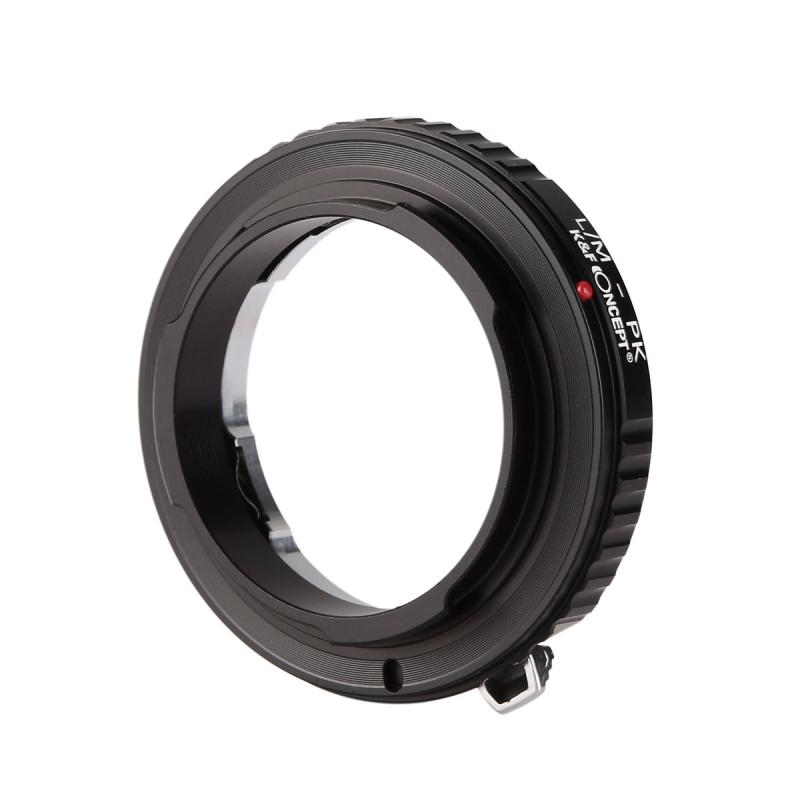
2、 Intelligent Cameras: Features and Capabilities of Smart Surveillance Devices
To connect a cloud storage intelligent camera, you will need to follow a few steps:
1. Choose a cloud storage provider: There are several cloud storage providers available, such as Google Drive, Dropbox, or Amazon S3. Research and select the one that best suits your needs in terms of storage capacity, pricing, and security features.
2. Set up an account: Create an account with the chosen cloud storage provider. This typically involves providing your email address, creating a password, and agreeing to the terms and conditions.
3. Install the camera: Install the intelligent camera according to the manufacturer's instructions. This may involve mounting the camera, connecting it to a power source, and configuring any necessary settings.
4. Connect the camera to the internet: Most intelligent cameras can connect to the internet via Wi-Fi or Ethernet. Follow the camera's instructions to establish a connection.
5. Configure cloud storage settings: Access the camera's settings menu and navigate to the cloud storage section. Enter your cloud storage provider's credentials and configure any additional settings, such as the frequency of uploads or the retention period for stored footage.
6. Test the connection: Verify that the camera is successfully connected to the cloud storage provider by capturing a test video or image and checking if it is uploaded to the cloud.
The latest point of view on cloud storage intelligent cameras is the increasing integration of artificial intelligence (AI) and machine learning (ML) capabilities. These technologies enable intelligent cameras to analyze video footage in real-time, detecting and alerting users to specific events or objects of interest. Additionally, cloud storage providers are enhancing their security features to protect stored data from unauthorized access or breaches. This includes encryption, multi-factor authentication, and advanced access controls. Furthermore, some intelligent cameras now offer edge computing capabilities, allowing them to process and store video footage locally on the camera itself, reducing reliance on cloud storage and improving response times.
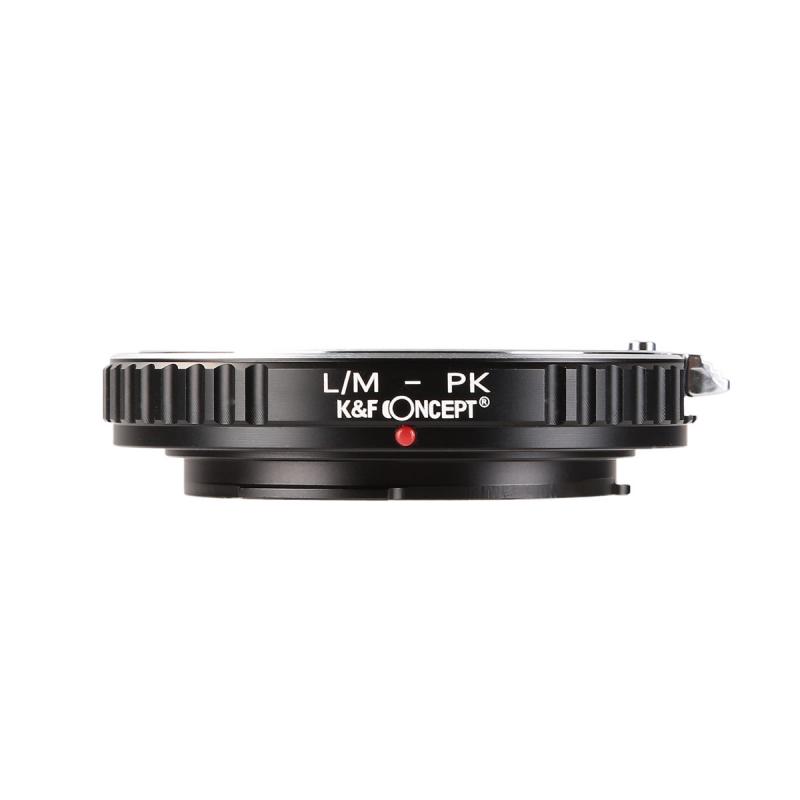
3、 Connecting Cloud Storage to Intelligent Cameras: Step-by-Step Guide
Connecting cloud storage to intelligent cameras is a crucial step in maximizing the potential of these devices. By doing so, users can securely store and access their video footage remotely, enabling them to monitor their premises from anywhere at any time. Here is a step-by-step guide on how to connect cloud storage to intelligent cameras:
1. Choose a cloud storage provider: There are several reputable cloud storage providers available, such as Amazon Web Services (AWS), Google Cloud Storage, and Microsoft Azure. Consider factors like storage capacity, pricing, and security features before making a decision.
2. Set up an account: Sign up for an account with your chosen cloud storage provider. Provide the necessary information and payment details, if required.
3. Configure your intelligent camera: Access the camera's settings and navigate to the cloud storage section. Enter your cloud storage provider's credentials, including the access key and secret key, which can be obtained from your cloud storage account.
4. Select storage options: Decide whether you want continuous or event-based recording. Continuous recording captures footage 24/7, while event-based recording only records when motion or other predefined triggers are detected. Adjust the settings according to your preferences.
5. Enable encryption and security features: Ensure that your cloud storage provider offers encryption and other security measures to protect your data. Enable these features to safeguard your footage from unauthorized access.
6. Test the connection: Verify that the camera is successfully connected to the cloud storage by recording a short video clip and checking if it is uploaded to the cloud.
7. Access your footage: Install the cloud storage provider's app on your smartphone or access the web portal on your computer to view and manage your recorded footage. Some providers also offer AI-powered features like object detection and facial recognition for enhanced security.
It is worth noting that the latest advancements in cloud storage and intelligent cameras have led to the integration of artificial intelligence (AI) capabilities. AI-powered cameras can now analyze video footage in real-time, detecting and alerting users to specific events or anomalies. This technology has significantly improved the efficiency and effectiveness of surveillance systems, making them more intelligent and proactive in identifying potential threats.
In conclusion, connecting cloud storage to intelligent cameras is a straightforward process that involves selecting a provider, configuring the camera settings, and enabling security features. By following this step-by-step guide, users can ensure that their video footage is securely stored in the cloud and easily accessible from anywhere. The integration of AI capabilities further enhances the functionality of intelligent cameras, making them an indispensable tool for modern surveillance systems.
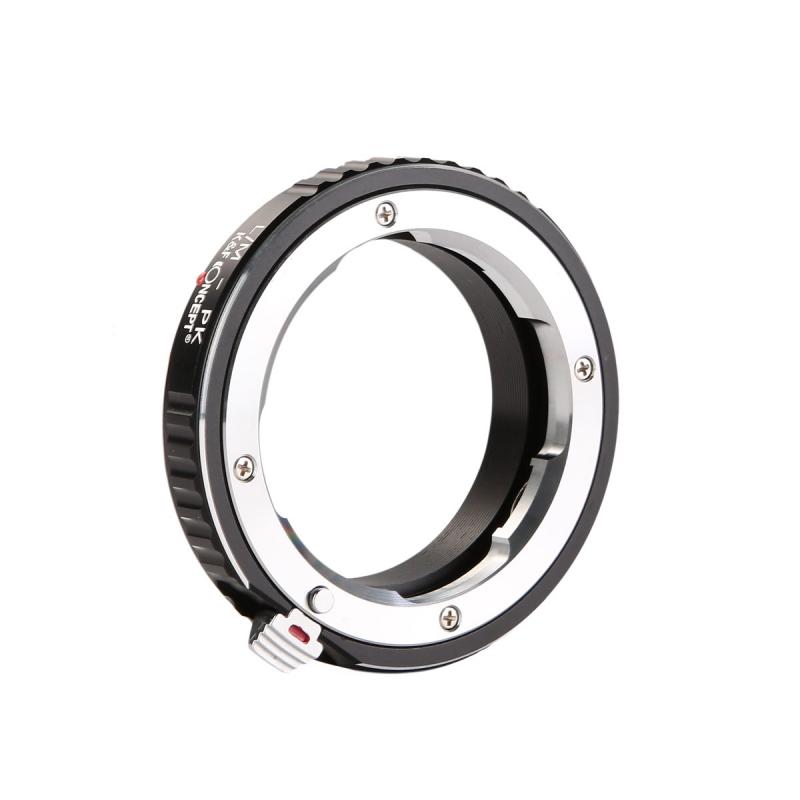
4、 Data Security: Ensuring the Protection of Cloud-Stored Camera Footage
To connect a cloud storage intelligent camera, follow these steps:
1. Choose a cloud storage provider: There are several cloud storage providers available, such as Amazon Web Services (AWS), Google Cloud, Microsoft Azure, and Dropbox. Research and select a provider that meets your specific requirements in terms of storage capacity, pricing, and security features.
2. Set up an account: Sign up for an account with the chosen cloud storage provider. Provide the necessary information and create a strong password to ensure the security of your account.
3. Install the intelligent camera: Install the intelligent camera according to the manufacturer's instructions. Connect it to a stable internet connection and ensure that it is powered on.
4. Configure camera settings: Access the camera's settings menu and navigate to the network settings. Enter the credentials provided by the cloud storage provider to establish a connection between the camera and the cloud storage service.
5. Enable cloud storage: Within the camera's settings, enable the cloud storage feature. This will allow the camera to automatically upload recorded footage to the cloud storage provider.
6. Set up recording preferences: Configure the camera's recording preferences, such as motion detection, continuous recording, or scheduled recording. This will determine when and how the camera captures footage.
7. Monitor and access footage: Once the camera is connected to the cloud storage service, you can monitor and access the recorded footage remotely through a web portal or mobile application provided by the cloud storage provider.
Data Security: Ensuring the Protection of Cloud-Stored Camera Footage
When it comes to data security, protecting cloud-stored camera footage is of utmost importance. Here are some key points to consider:
1. Encryption: Ensure that the cloud storage provider offers end-to-end encryption for data transmission and storage. This ensures that the footage is securely encrypted both during transit and while at rest in the cloud.
2. Access controls: Implement strong access controls to restrict who can view and manage the camera footage. Use multi-factor authentication and role-based access control to prevent unauthorized access.
3. Regular backups: Regularly back up the camera footage to prevent data loss in case of any unforeseen events. This can be done automatically by setting up scheduled backups or manually as per your preference.
4. Data retention policies: Define data retention policies to determine how long the camera footage should be stored in the cloud. This helps to comply with legal requirements and avoid unnecessary storage costs.
5. Monitoring and auditing: Implement a robust monitoring and auditing system to track any unauthorized access attempts or suspicious activities. Regularly review logs and reports to identify and mitigate potential security risks.
6. Regular software updates: Keep the camera firmware and cloud storage software up to date to ensure that any security vulnerabilities are patched promptly.
By following these steps and considering the latest security practices, you can connect a cloud storage intelligent camera and ensure the protection of the stored camera footage.













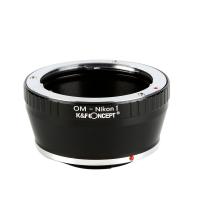

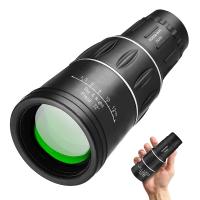
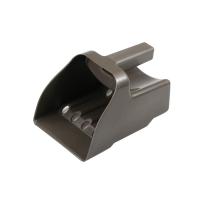



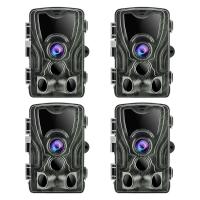

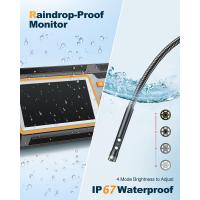


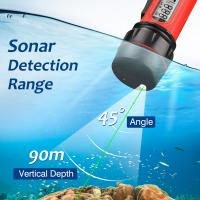
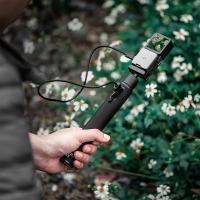
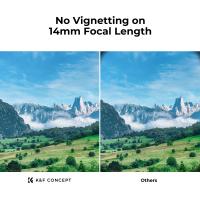
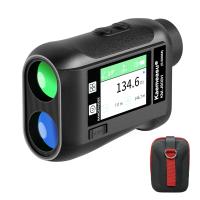
There are no comments for this blog.